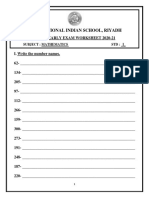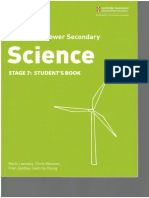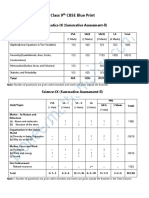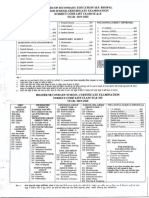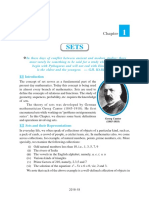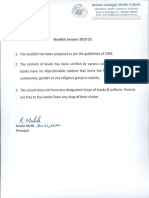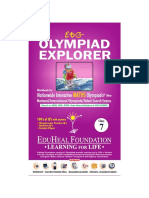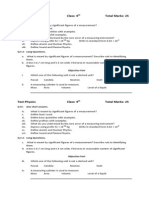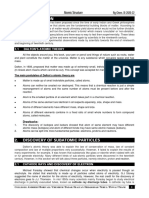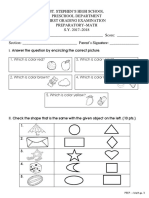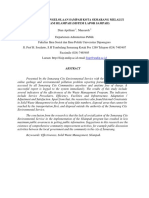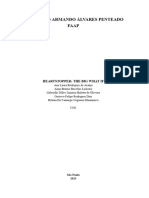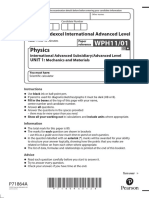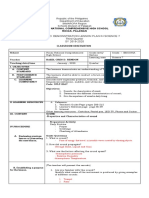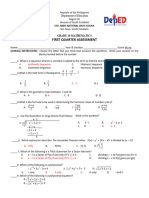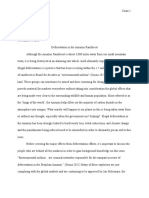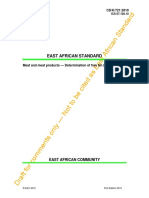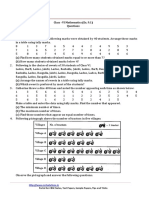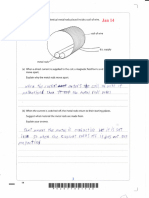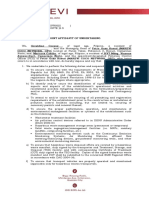0% found this document useful (0 votes)
1K views6 pagesBasic Concepts of Science
The document provides an overview of basic scientific concepts, including the definition of science, the scientific method, and the importance of measurement. It covers properties of matter, energy, force and motion, and introduces various branches of science and scientific tools. Additionally, it discusses living and non-living things, their basic needs, and environmental science, along with simple machines and health hygiene.
Uploaded by
chiruvardhan01Copyright
© © All Rights Reserved
We take content rights seriously. If you suspect this is your content, claim it here.
Available Formats
Download as PDF, TXT or read online on Scribd
0% found this document useful (0 votes)
1K views6 pagesBasic Concepts of Science
The document provides an overview of basic scientific concepts, including the definition of science, the scientific method, and the importance of measurement. It covers properties of matter, energy, force and motion, and introduces various branches of science and scientific tools. Additionally, it discusses living and non-living things, their basic needs, and environmental science, along with simple machines and health hygiene.
Uploaded by
chiruvardhan01Copyright
© © All Rights Reserved
We take content rights seriously. If you suspect this is your content, claim it here.
Available Formats
Download as PDF, TXT or read online on Scribd
/ 6

